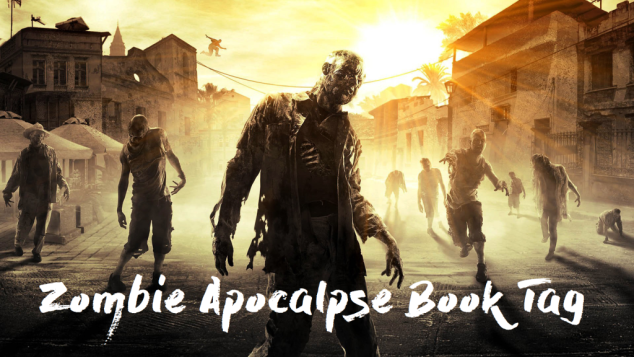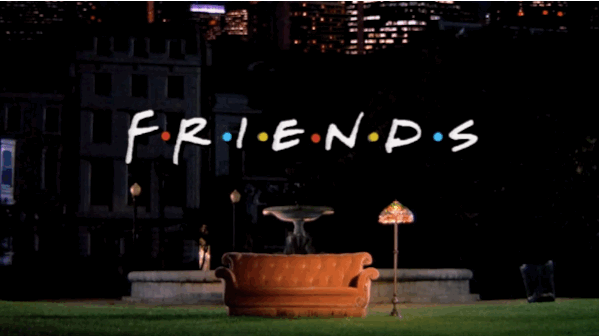 Source: Ain’t It Cool News
Source: Ain’t It Cool News
It might sound funny since I’ve already reviewed House of Dracula and The Fall of the House of Usher (see a pattern forming here?), but I’m not big on horror movies. I can handle Vincent Price and the classic chillers, but slashers and jump-scare fests just aren’t my thing. Horror combined with mystery is a different matter though, and if there’s a ghostly angle to it, then that’s not bad either. 1980’s The Changeling is one such film.
John Russell is a New York-based composer and musician who is traveling upstate on a snowy November day with his wife, Joanna (Jean Marsh), and daughter, Kathy (Michelle Martin). They have car trouble, so they push their station wagon up to a turnout and John goes to a pay phone to call for roadside assistance. Unfortunately, while he’s still on the line, a big rig skids on the icy road and crashes into the station wagon, killing John’s wife and daughter. Grief-stricken, John sells his Manhattan apartment and moves to Seattle. He stays with friends, the Lingstroms, and there’s a job waiting for him at the university, where more of his old friends teach.
John’s got to rent a house as well, so Eva Lingstrom points him to the local Historical Society. Through them, John rents a gorgeous old Victorian mansion which might seem like too much for just one person, but the place has plenty of space for hosting student ensembles and quiet for composing. A nice lady named Claire (Trish van Devere) helps John settle in, and the arrangement appears ideal.
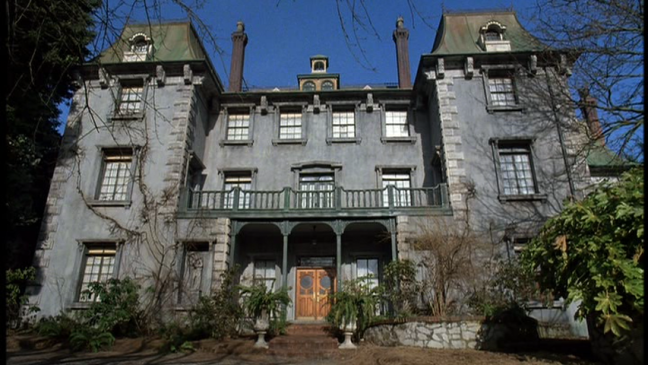 It looks peaceful. A little decrepit, maybe, but still peaceful.
It looks peaceful. A little decrepit, maybe, but still peaceful.
He isn’t in the house for very long when strange things begin to happen, of course. Water faucets mysteriously turn on, and loud bangs are heard at six AM, sounding as if someone is kicking a can of paint thinner. John goes to the Historical Society to ask Claire about the house’s past, and an older woman, Miss Huxley (Ruth Springford) tells him ominously, “That house isn’t fit to live in. It doesn’t want people.”
On another day, John steps out of the house, and just as he’s about to go onto the pathway, a window breaks somewhere above him. He notices it came from the top floor, so he goes up and starts checking all the rooms. Then he thinks he’s found a door at the back of what seems to be a closet. John pulls off the shelves, and yep, there’s a door. It’s padlocked, but enough whacks with a ball peen hammer and it gives way.
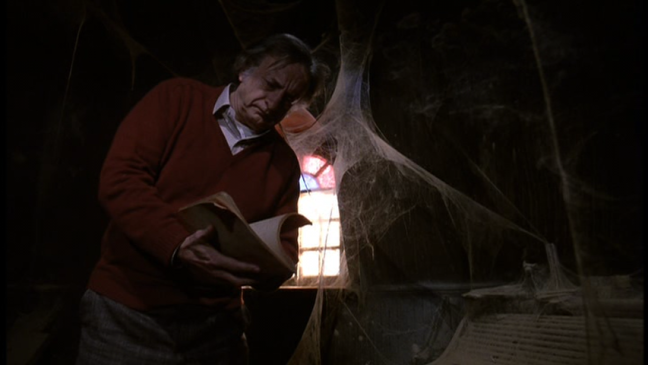 What do we have here?
What do we have here?
John discovers a dark, musty staircase leading to a closet-sized room. The place has walls of cobwebs and inches of dust, but is obviously a room for a little boy. There’s even a tiny wheelchair and a music box. John turns it on to see if it works, and he notices the tune is exactly like one of his compositions, which he had thought was entirely original. The next time Claire comes over, John wastes no time showing her the music box and the little room, especially a notebook he found that says, “Joseph Carmichael, 1909.”
John and Claire begin digging around looking for this mysterious child, and find out the house belonged to a prominent doctor named Barnard, who had two children, one of whom, a little girl named Cora, was killed by a runaway coal cart. John wonders if whoever is haunting the house is trying to reach out to him because of his own loss.
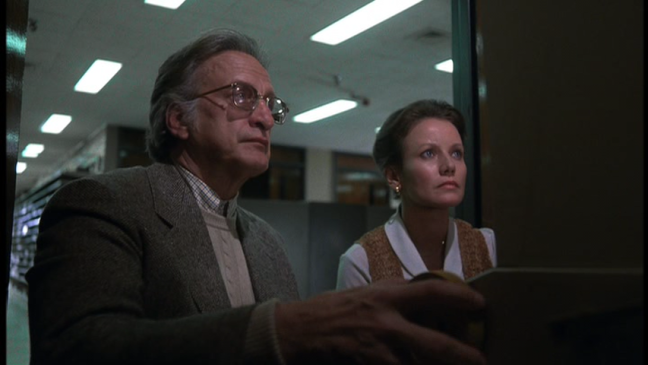 There was no Google in 1980, but there was microfiche.
There was no Google in 1980, but there was microfiche.
One night soon after, John is looking at a photo album of his wife and daughter, when he sees Kathy’s ball come down the stairs. John is a little freaked, because the ball had been in his desk, and he drives down to the river, where he drops the ball into the water. No sooner does he walk in the door, though, than the ball comes rolling down the stairs again, still shiny and wet.
John gets a recommendation from a faculty member in his university’s Psychiatric Department for a couple who hold séances. John has them over, along with Claire and her mother. He sets up his reel-to-reel tape recorder and captures the whole thing on tape. This is honestly the creepiest part of the movie to me, because séances are a big deal. They’re not something to be taken lightly in my opinion, and preferably avoided. Anyway, the wife goes into a trance, and starts scribbling madly, talking and asking questions as if she’s half-asleep. Her husband has a stack of paper all ready for her to write on, which she does in a scrawling, haphazard way. Words stick out: Joseph. John. Help. Help. Help.
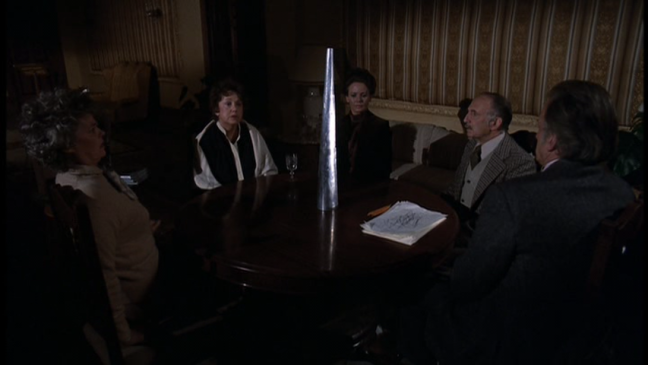 Apparently large silver cylinders are standard equipment for seances?
Apparently large silver cylinders are standard equipment for seances?
After everyone has gone, John plays back the tape, and finds he’s picked up some EVPs, or Electronic Voice Phenomenon. I’m not going to rule one way or the other on these things, but I have seen Ghost Adventures, and they don’t usually get EVPs as clear as these. John dreams or has a vision about a child being drowned in a bathtub by his father, who’s holding on to his feet. The poor boy bangs on the side of the tub with his fist until he can’t do any more. John notices the child is wearing a St. Christopher medal. After he wakes up, John staggers over to the phone and calls Claire, but he’s in such a state of shock that he can only get a few words out.
This starts a chain of events that lead John to the bottom of a well, to the office of a senator named Joseph Carmichael (Melvyn Douglas), and fending off a detective (John Colicos) who’s a bit too curious. Joseph the ghost is unhappy, unwilling to leave John alone even though he’s working to make the situation right. This ghost has a lot of pent-up rage, and is out for destruction.
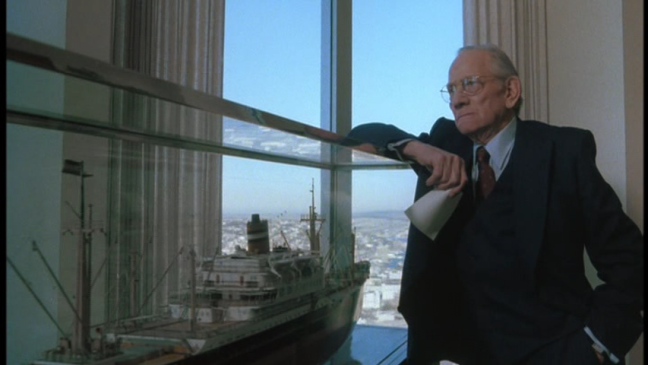 Is this Joseph Carmichael? Or a stand-in? Either way, it’s Melvyn Douglas in one of his last films.
Is this Joseph Carmichael? Or a stand-in? Either way, it’s Melvyn Douglas in one of his last films.
Russell Hunter, the writer of The Changeling claimed to have lived what he wrote about in the film. Apparently, he rented a mansion in the Denver area that was haunted by a child who had been murdered in the house. Point for point, his story seemed to be exactly like what he wrote about in the movie. While it’s nice to think that art imitated life, the problem is that Hunter’s story can’t be substantiated. Denver Public Library fact-checked him, and there are no records showing Hunter ever rented the house that he said he rented. The only couple that they were able to verify had lived there didn’t have any kids, so the likelihood of one being murdered in that house is slim to none. The whole tale probably made for some good copy at the time The Changeling was released, though.
George C. Scott’s performance in the film is unforgettable, as is the plot, even if the story behind it was fabricated. Scott is really an underrated actor–riveting and charismatic, and anyone who has only seen him in Patton might enjoy his turn as John Russell. The Changeling is a little bit dated (reel-to-reel tape recorders, pay phones, microfiche, etc.) but still creepy as all get-out. The mystery it contains is hard to look away from, though, even for me, and I don’t like horror movies.

